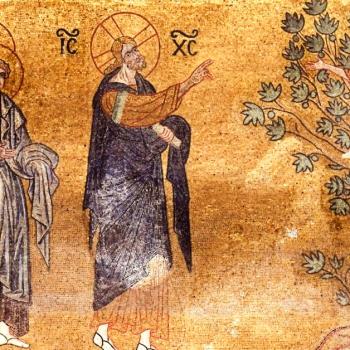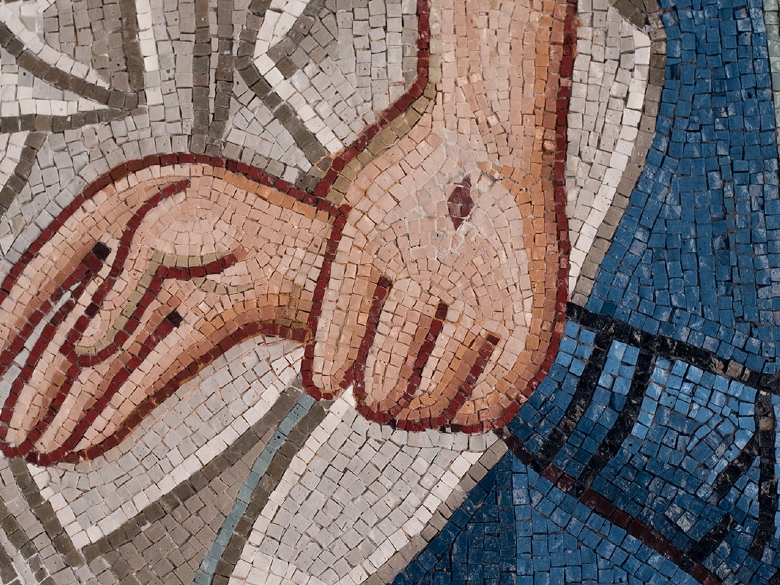
Qualified Restoration is a brand-new atonement theology I have proposed to address the problem of evil, God’s role in salvation, human agency in the process, and the relationship between God and all creation. Because of this, it is unique compared to other contemporary atonement theories.
Emphasizing divine mercy, restoration, and the transformative power of faith, Qualified Restoration proposes that Jesus is offered to humanity by God so that we might have faith. This theory addresses sin as a pervasive attraction to evil that impairs our relationship with God, who is holy, and this absence leads to death. Through faith in Christ, individuals receive the Holy Spirit, leading to the defeat of sin and restoration to God. This framework aligns with elements of various Christian denominations, emphasizing God’s inclusive invitation to salvation. Ultimately, Qualified Restoration atonement offers a hopeful understanding of God’s redemptive work in the world.
Follow this link to read a detailed theological basis for Qualified Restoration.
Here is a dynamic summary I have prepared:
Knowledge of good and evil exposed humanity’s vulnerability to sin, a pervasive attraction to evil that deprives us of holy connection with God, resulting in our certain death.
In a mission of love and mercy, God sent his Son, Jesus, so that we would believe in him and be raised up from the depths of sin and death to salvation. Likewise, Jesus acted selflessly and died willingly on the cross as a holy sacrifice, then was resurrected so that we might have faith and be saved.
When we respond to Christ’s death and resurrection with faith in him, we also accept God’s graceful gift of forgiveness and everlasting life, and the Holy Spirit births in us the love of Christ. The holy presence of Christ living in us not only cleanses us from sin but also reconnects us with God, finally restoring humanity to a loving relationship with our creator as a new creation.
How Qualified Restoration Atonement is Unique
The Qualified Restoration atonement theology I propose stands out from other atonement theories in several key ways:
- Emphasis on Divine Mercy and Restoration: While many traditional atonement theories focus on concepts like divine justice, satisfaction of debts, or appeasement of divine wrath, Qualified Restoration places a central emphasis on divine mercy and restoration. It views atonement as an act of grace rather than retribution.
- Rejection of Propitiation: The theory rejects the concept of propitiation, which suggests that God’s wrath must be appeased by sacrifice. Instead, it proposes that God’s love and mercy towards humanity is consistent and unchanging, reframing atonement as an expression of divine love rather than appeasement.
- Restoration, Not Mere Justification: Qualified Restoration elevates the function and purpose of the doctrine commonly known as “Justification by faith” into “Restoration by faith,” proposing that humanity’s responsiveness to God’s gift of Jesus in faith is a required element of the atonement process.

- Focus on Faith and Relationship: This theory prioritizes the restoration of the relational connection between humanity and God. Unlike some atonement theories that focus primarily on legal or transactional frameworks, Qualified Restoration proposes that relationship with God is central to salvation.
- Focus on Divine Initiative: Qualified Restoration affirms the initiative of God in the process of salvation. Unlike atonement theories that may place more emphasis on human response or merit, this perspective underscores God’s proactive pursuit of humanity and the priority of divine grace in initiating and sustaining the relationship between God and humanity.
- Jesus Is Not a Substitutionary Proxy: This theory elevates the importance of faith in Jesus Christ and restoration of the broken relationship between humanity and God. It proposes that Jesus is not merely a representative or archetype, but is actually God’s loving response to restore relationship with humanity. Jesus is a divine agent who brings healing, reconciliation, and wholeness to humanity through his life, death, and resurrection.
- Transformational Nature: Qualified Restoration proposes that atonement is a process that not only forgives sins but also transforms individuals into new creations, restoring them to a loving relationship with God. As believers are transformed by the incarnation of Christ’s love by the Holy Spirit, they become partners in the fulfillment of God’s promises of restoration and reconciliation.
- Hope and Universalism: This theory offers a message of hope and inclusivity by centralizing God’s relentless pursuit of reconciliation with all humanity. Unlike atonement theories that may limit salvation to a select few or focus on the concept of limited atonement, this perspective embraces the possibility of universal restoration and redemption.
- Scriptural Foundation: Qualified Restoration draws on a rich scriptural heritage, including passages that emphasize righteousness through faith, the centrality of Jesus Christ for salvation, and the transformative effects of faith on individuals.
- Community and Social Justice: This theory extends beyond individual salvation to encompass broader themes of community, social justice, and reconciliation. This perspective calls believers to actively participate in God’s mission of healing and restoration in the world, addressing systemic injustices and promoting the common good.
- Interfaith Dialogue: Qualified Restoration offers possibilities for interfaith dialogue and engagement by emphasizing universal themes of love, mercy, and redemption. This perspective encourages a greater understanding and collaboration between Christian communities and other religious traditions in pursuit of shared values and goals.
Prevenient Grace and Qualified Restoration
Qualified Restoration atonement harmonizes with the doctrine of Prevenient Grace by affirming the proactive role of God’s grace in initiating and sustaining the process of salvation. It acknowledges that God’s grace goes before and prepares individuals for salvation, enabling them to respond to God’s offer of redemption.
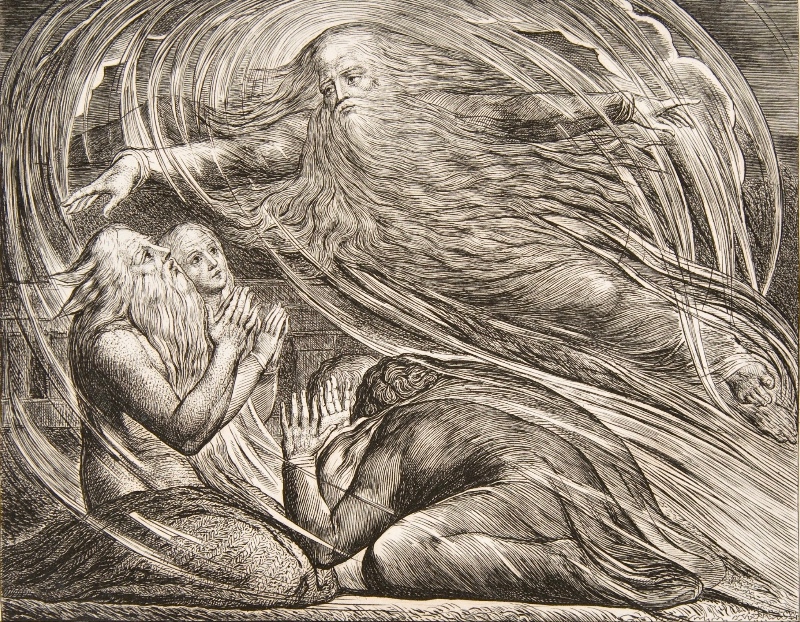
This perspective affirms the universal reach of God’s grace, extending to all humanity regardless of their spiritual condition or background. Prevenient Grace prepares the heart and mind of the individual to receive the message of salvation and respond in faith.
Qualified Restoration atonement proposes that the transformative power of faith is the means by which individuals receive God’s grace and experience forgiveness and renewal. It views Prevenient Grace as the foundational step in the journey of salvation, laying the groundwork for the transformative work of God’s grace in the believer’s life. This ordo salutis is most consistent with Methodist, Wesleyan, Anglican, Episcopal, Lutheran, and Anabaptist denominational beliefs.
Through Prevenient Grace, God extends an invitation to relationship and reconciliation, paving the way for the restoration of humanity to a loving relationship with God.
Entire Sanctification and Qualified Restoration
Qualified Restoration atonement aligns with the Wesleyan-Arminian doctrine of Entire Sanctification through several key points of convergence.

Both frameworks emphasize the proactive role of God’s grace in the process of salvation and sanctification, highlighting divine initiative as the catalyst for transformation. They envision salvation as a holistic and transformative journey, wherein God’s grace works to heal and renew every aspect of human existence.
Faith plays a central role in both perspectives, serving as the means by which individuals receive God’s grace and experience forgiveness and renewal.
Moreover, both Qualified Restoration and Entire Sanctification extend the scope of salvation beyond individual piety to include broader themes of community, social justice, and reconciliation. They draw upon a critical study of scripture to support their views on sanctification, affirming the biblical teaching that God desires believers to reflect the image of Christ in their lives. Qualified Restoration atonement and Entire Sanctification both advance that the Holy Spirit indwells in believers transforming us into new creatures.
Mimetic Theory and Qualified Restoration
Qualified Restoration atonement also finds resonance with mimetic theory of desire through its emphasis on the transformative power of Christ’s life, death, and resurrection in breaking the cycle of human violence and sin.
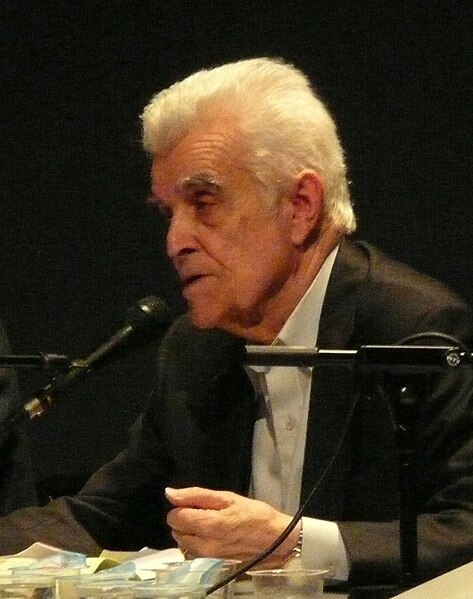
Mimetic theory, pioneered by René Girard, posits that human desire is mimetic or imitative, leading to rivalry, conflict, and violence. Qualified Restoration atonement acknowledges the pervasive influence of sin and the human propensity for violence, as highlighted in mimetic theory, but offers a vision of redemption and restoration through the sacrificial love of Christ. It views Christ’s death on the cross not as a divine punishment but as a selfless act of love and solidarity with humanity, breaking the cycle of violence and offering a path to reconciliation with God and others.
Qualified Restoration atonement offers a hopeful vision of salvation that aligns with mimetic theory’s emphasis on the transformative potential of sacrificial love and the renewal of human relationships. Like Qualified Restoration, mimetic theory proposes that believers are invited to imitate Christ’s sacrificial love and embody a new way of existing in the world.
Through Christ’s resurrection, believers are empowered to break free from the bondage of sin and live lives characterized by love, compassion, and reconciliation.
Election and Qualified Restoration
Unlike theories of limited atonement, which restrict the scope of God’s saving grace, Qualified Restoration upholds the universal invitation to salvation extended to all humanity. While acknowledging the sovereignty of God in His redemptive purposes, this perspective emphasizes the inclusivity of God’s love and mercy, inviting all to participate in the gift of salvation through faith in Christ (John 3:16).
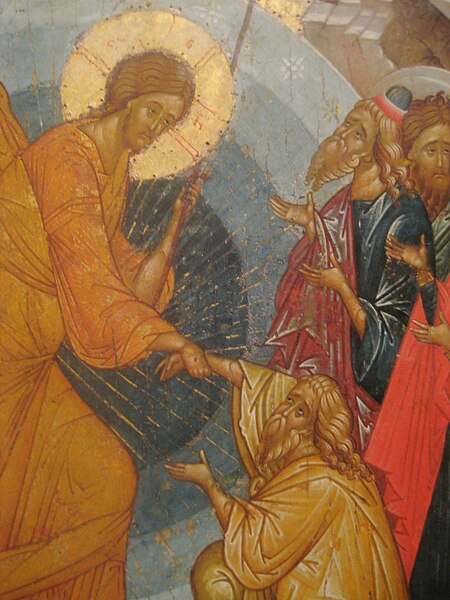
Therefore, Qualified Restoration recognizes the corporate nature of election, emphasizing God’s plan to redeem and restore all of creation. This understanding aligns with biblical passages that speak of God’s desire to reconcile not only individuals but also the entire cosmos (Colossians 1:20). In this view, election is not limited to a select few but extends to all who are united in Christ, encompassing both Jews and Gentiles, believers, and non-believers.
At the same time, Qualified Restoration atonement recognizes the importance of individual response to God’s invitation of grace. While God desires the salvation of all, individuals are called to respond in faith and repentance to receive the benefits of Christ’s atoning work. This understanding emphasizes the dynamic relationship between divine sovereignty and human responsibility, affirming both God’s initiative in salvation and humanity’s freedom to choose.
Election within the framework of Qualified Restoration also points towards an eternal fulfillment of God’s redemptive purposes. As believers are transformed by the incarnation of Christ’s love by the Holy Spirit, they become partners in the fulfillment of God’s promises of restoration and reconciliation. This vision of election anticipates a progressive/continuing renewal in this life and beyond.
Hope for All Humanity
Certainly, the Qualified Restoration atonement theology I propose presents a unique perspective on salvation.
Theologically principled by divine mercy, restoration, and the transformative power of faith, it stands out for its focus on restoring the relational connection between humanity and God and viewing atonement as an act of grace rather than retribution. This theology rejects notions of divine wrath and punitive justice, highlighting God’s proactive pursuit of reconciliation with all creation.
Aligned with doctrines such as Prevenient Grace, Entire Sanctification, Mimetic theory, and a universal understanding of election, Qualified Restoration offers a holistic vision of salvation, encompassing community, social justice, and reconciliation.
Ultimately, I hope to propose through Qualified Restoration atonement a hopeful and inclusive understanding of redemption, inviting all humanity into a transformative relationship with God.





